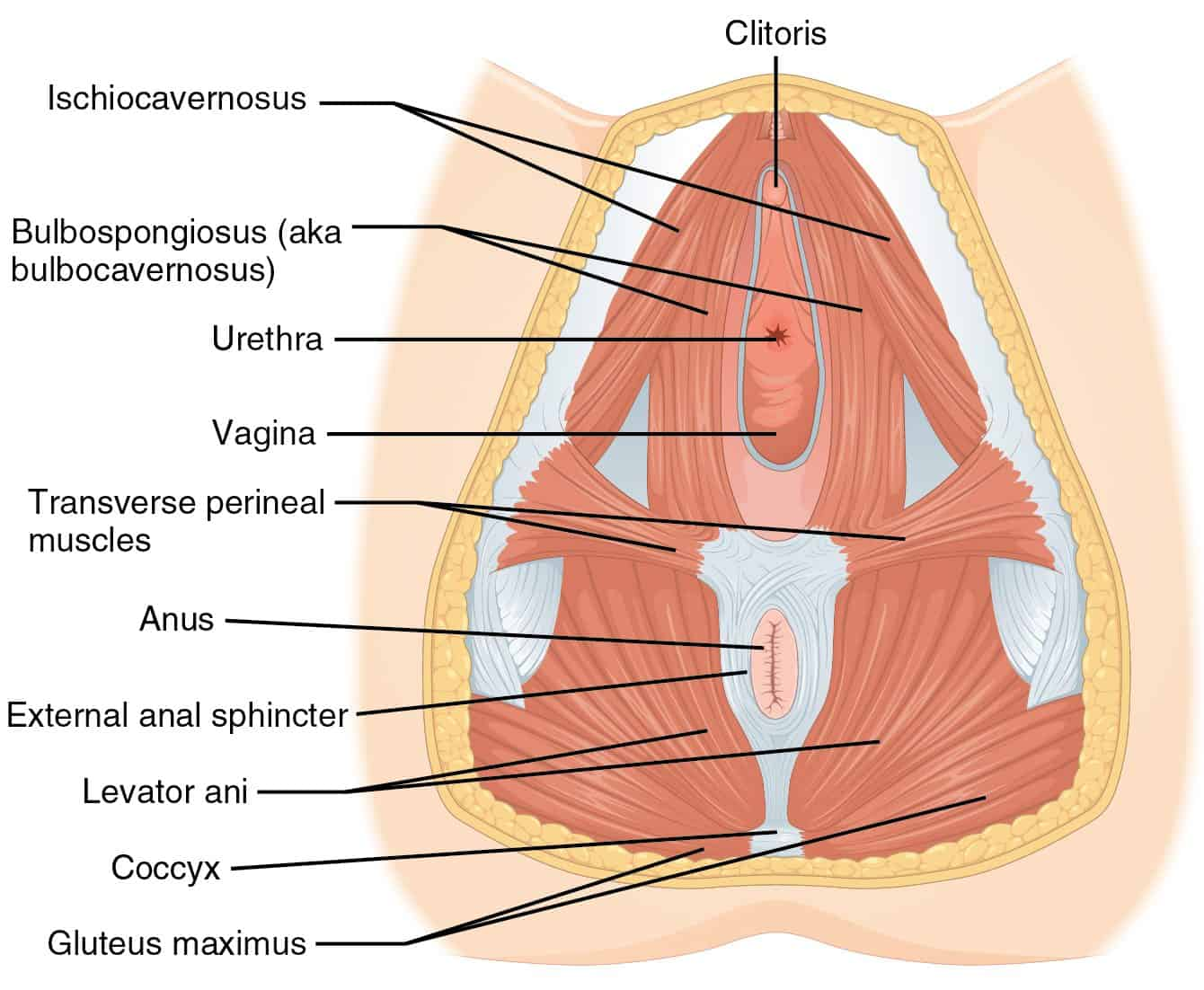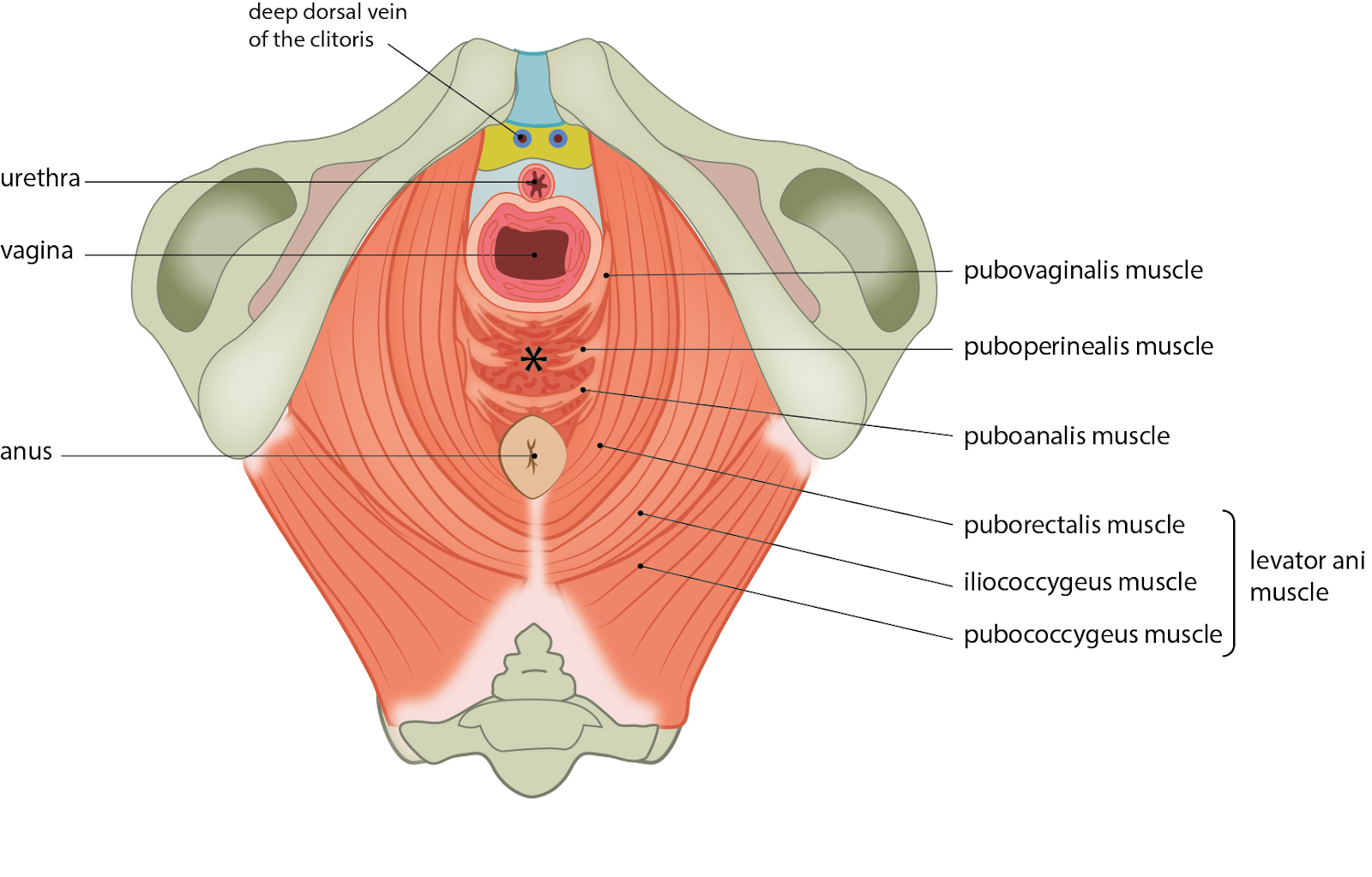Video Transcript:
Hi! I’m Sam the pelvic floor physical therapist at Up and Running Physical Therapy, and today I wanted to speak to you about the pelvic floor. If you’ve been keeping up with any of my blogs, then you probably know a little bit more than the average human about what the pelvic floor is, what it does, and some dysfunctions of the pelvic floor. Today I wanted to dive in a little bit deeper into the role of the pelvic floor muscles and how they contribute to the functions of the pelvic floor.
So just as a little recap, the pelvic floor has many different functions. Some of those functions are to help support the pelvic organs, to act as a sphincter to maintain continence throughout the day, to play a role in sexual function, and to help with stability. The muscles that make up the pelvic floor are actually divided into three separate layers, so we’ve got layer one, which is the most superficial layer, layer two, and then layer 3 which is the deepest layer and actually makes up the bulk of the support of the pelvic floor.

Let’s talk about the boney anatomy of the pelvis first. We have the spine in the back and the lowest part of the spine – the coccyx. We’ve got two hip bones on either side and they meet in the
front to form the pubic symphysis.
The superficial or outermost layer of the pelvic floor includes the superficial transverse perennial muscle which attaches to the perineum – the area between the vaginal canal and the anus. Then, we’ve got the bulbocavernosus as well as the ischiocavernosus, and both of these two muscles play a role in that sexual arousal orgasm and clitoral erection. The third muscle that we have in this most superficial layer is the external
anal sphincter.

Now we have layer two. If we think about a deep layer of fascia that’s on top of that superficial transverse perennial muscle, then we have a deep transverse perennial muscle that is moving in the same orientation. In
layer two, we also have more of the muscles that provide that sphincteric role including the urethra vaginal sphincter as well as the external urethral sphincter.
Lastly, we have layer three. The deepest layer is collectively known as the levator ani except for one muscle, but we’ll get there shortly. These muscles help to support the pelvic organs as well as generate most of the effort for pelvic floor contractions.

The first muscle we have is the puborectalis, which helps poop stain. When this muscle contracts, it increases the colorectal angle to help us maintain continence, and then when we relax and try to go to the bathroom, especially if our knees are up higher than our hips, then this muscle should decrease that colorectal angle so that we can pass the bowel movement. The second muscle that we have is pubovaginalis in a female, and that helps to support the vagina and the uterus.
Then, we have pubococcygeus, and this is the main contractor when performing a pelvic floor muscle contraction or a kegel. Finally, we’ve got the last muscle in the levator ani series which is the iliococcygeus. There is one more muscle here that is not part of the levator ani but is a part of the third and deepest layer of the pelvic floor – the ischiococcygeus muscle. When both sides of these muscles work together, they can actually bend forward the coccyx, and when one muscle works at a time, it can side bend the coccyx. This muscle also helps to support our SI joint, or sacroiliac joint, which is in the back.
The last two muscles that are not part of the pelvic floor are the arbitrated internus and the piriformis. These muscles are external rotators of the hip, so they’re not part of the pelvic floor but we definitely want to take into consideration hip and spine mobility, strength, and the optimal functioning of the pelvic floor muscles.
* * *
Thanks for reading! If you’d like to learn more about who we are and what we do, click this link: https://upandrunningpt.com/

